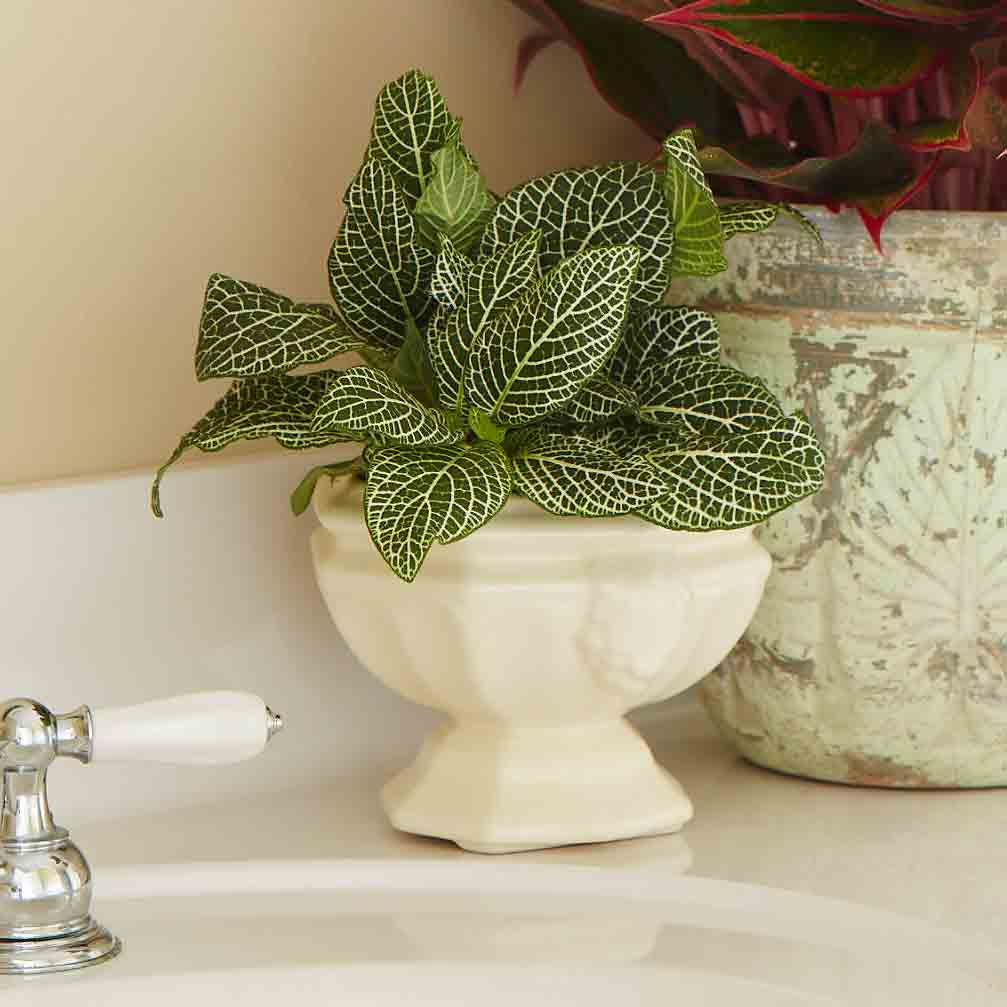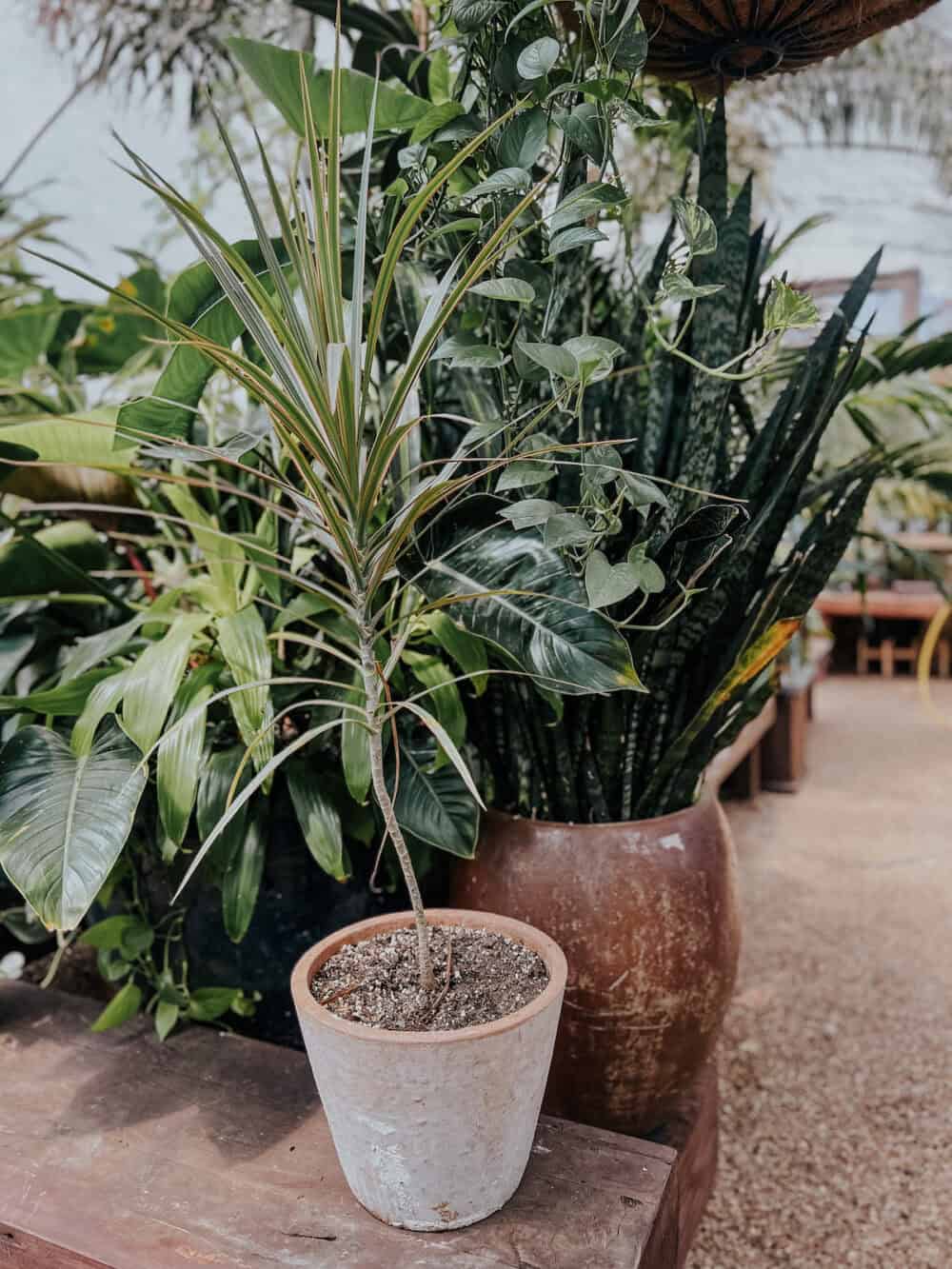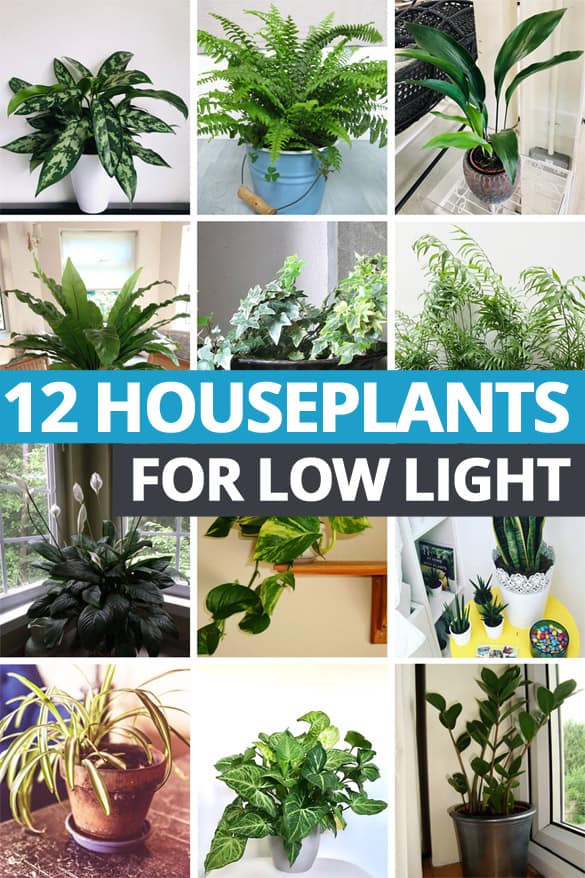Best Low-Light Indoor Plants That Add Greenery to Any Space with Little Light
Transform Your Home With Beautiful Low-Light Indoor Plants and Their Advantages
Including low-light interior plants right into your home can considerably enhance both the visual and ecological high quality of your living spaces. These plants, which thrive in dim conditions, offer not just as decorative elements however additionally as all-natural air purifiers, making them optimal for urban occupants or those with limited sunshine direct exposure. As we discover the numerous kinds of low-light plants and their benefits, you might locate unexpected means to incorporate them right into your home that can change your surroundings in means you may not have actually expected.
Benefits of Low-Light Plants
Low-light plants supply numerous benefits for indoor settings, making them an excellent selection for both amateur and experienced garden enthusiasts. Among the main advantages is their adaptability to low-light problems, enabling individuals to improve their home without the need for extensive sunlight direct exposure. This particular makes them excellent for homes, offices, and other areas with limited all-natural light.

Additionally, integrating low-light plants right into home decor can boost the visual appeal of a space. Their rich foliage and varied textures develop a soothing ambience, adding to general health. Lastly, the existence of greenery has been linked to reduced stress and anxiety degrees and enhanced performance, making low-light plants a sensible option for enhancing both physical and mental health and wellness in interior setups.
Top Low-Light Indoor Plants
While many indoor plants thrive in brilliant light, several species are especially fit for low-light problems, making them excellent for various interior spaces. One popular choice is the Snake Plant (Sansevieria), understood for its striking upright leaves and strength, needing very little care. An additional superb option is the Pothos (Epipremnum aureum), which includes heart-shaped leaves and can route magnificently from shelves or wall mounts, prospering in reduced light and adding a lush touch.
The ZZ Plant (Zamioculcas zamiifolia) is commemorated for its shiny leaves and capacity to hold up against neglect, making it excellent for active way of livings. In a similar way, the Peace Lily (Spathiphyllum) not just endures low light yet likewise generates spectacular white blooms, enhancing any space's visual.
For a special touch, think about the Cast Iron Plant (Aspidistra elatior), which undoubtedly meets its name, thriving in the darkest edges of your home. The Chinese Evergreen (Aglaonema) offers a range of leaf patterns and shades while being exceptionally forgiving in low-light problems. These plants not only enhance indoor settings but additionally add to air purification, boosting your home.
Treatment Tips for Low-Light Plants

Watering techniques are vital; these plants frequently favor a little dry problems. Overwatering can lead to root rot, so make certain that the top inch of dirt is dry before sprinkling again. Use pots with water drainage openings to allow excess wetness to run away.
Moisture is another crucial aspect. Numerous low-light plants, such as ferns and tranquility lilies, take advantage of greater moisture degrees. To raise moisture, think about misting the leaves or putting a tray of water near the plants.
Fertilizing needs to be approached with care. During the expanding season, utilize a diluted, well balanced liquid fertilizer on a monthly basis to sustain development, but prevent fertilizing during the dormant cold weather.

Imaginative Ways to Show Plants
Interior plants can work as fascinating prime focus in any room, enhancing both aesthetic allure and setting. Imaginative display screens can boost the visual influence of low-light plants, making them an important component of your home style. One effective approach is to use tiered plant stands, which enable you to showcase numerous plants at differing heights while making best use of floor space.
Hanging planters are an additional cutting-edge choice, creating a sense of depth and drawing the eye up. Consider macramé hangers click over here or wall-mounted shelves to present a distinct texture and design.
For a more structured strategy, use geometric terrariums or glass containers to house your plants, including a modern touch to your indoor yard. You can also repurpose vintage products, such as teacups or wooden pet crates, for an eclectic screen that reflects your individuality.
Enhancing Home Ambiance With Plants
Incorporating low-light plants into your home not only boosts visual charm however additionally contributes substantially to the total ambiance. These plants work as natural decoration aspects, presenting a sense of peace that can transform any type of space. The visibility of plant promotes a relaxing environment, which is especially useful in high-stress environments such as office or living rooms.
Low-light plants, such as snake plants, pothos, and ZZ plants, are not just aesthetically pleasing yet additionally improve interior air quality by filtering system pollutants. This double function enhances the setting further, producing a much healthier living space (Best low-light indoor plants). The calculated positioning of these plants can also influence the go now understanding of space; for example, high plants can attract the eye up, making ceilings show up higher and rooms extra roomy
Moreover, varying textures and colors of vegetation add depth to interior decoration, permitting for imaginative expression in home styling. Whether put on shelves, in corners, or as focal points, low-light plants can elevate the mood of any type of area. In recap, integrating these plants into your home is an efficient method to foster a cozy, welcoming atmosphere while reaping the benefits of improved air quality and aesthetic versatility.
Verdict
Incorporating low-light indoor plants right into home environments uses many benefits, including improved visual allure and boosted air top quality. These resistant plants, such as the Snake Plant and click here for info Peace Lily, need minimal light and maintenance, making them ideal for varied way of lives.
While many interior plants thrive in bright light, several types are particularly appropriate for low-light problems, making them ideal for various indoor spaces. One effective approach is to utilize tiered plant stands, which allow you to display several plants at differing elevations while optimizing flooring space.
Low-light plants, such as serpent plants, pothos, and ZZ plants, are not just visually pleasing but likewise boost interior air high quality by filtering system toxins. Best low-light indoor plants. The tactical positioning of these plants can also affect the perception of space; for circumstances, tall plants can attract the eye upwards, making ceilings appear higher and rooms extra roomy
These resistant plants, such as the Serpent Plant and Tranquility Lily, need minimal light and upkeep, making them appropriate for diverse way of lives.